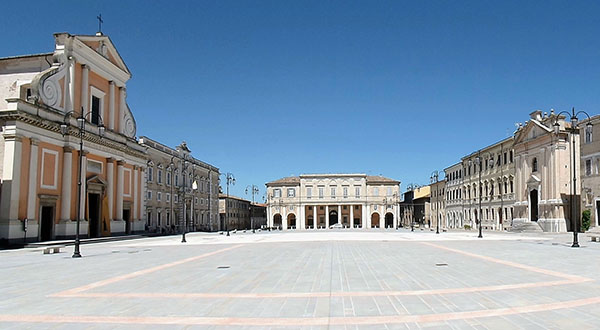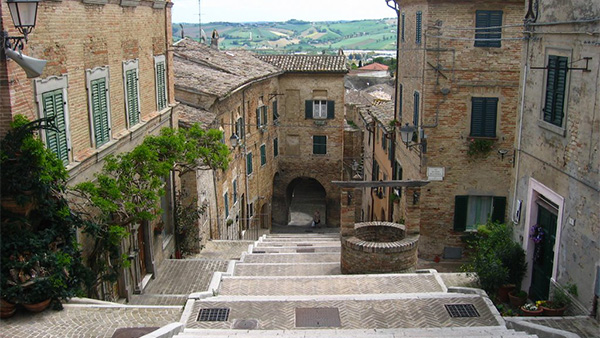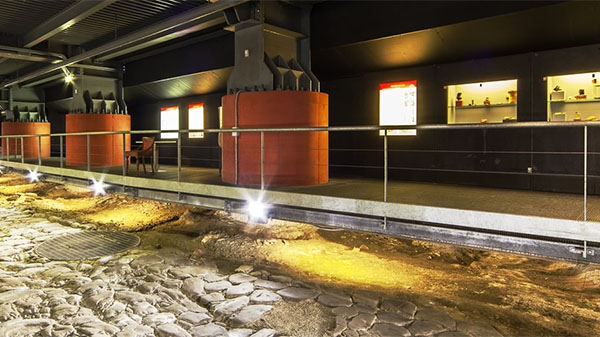Senigallia – Piazza Garibaldi
Piazza Garibaldi, also known as Piazza del Duomo (Cathedral Square), revokes the fair’s most splendid era and constitutes the heart of urban expansion plans enacted by Pope Lambertini during the mid 18th century. Recently completed redevelopment works have transformed Piazza Garibaldi into a fascinating and beautiful urban scenario, home to public buildings of architectonic prestige: Palazzo Becci, The Cathedral of San Pietro Apostolo, Palazzo Vescovile (Bishop’s Palace) with the Diocesan Art Gallery, Palazzo Micciarelli (former Spinning Mill), the San Rocco Auditorium, Palazzo delle Dogane (also called “Doganone”) and Collegio Ginnasio Pio IX. Palazzo Micciarelli is particularly worthy of mention, designed …










